Bow Shock
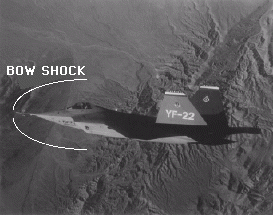
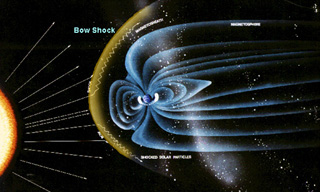
The top image shows the bow shock of an U.S. Air Force plane as it flies through the air. The bottom image is for comparison. It shows the bow shock of the magnetosphere.
Click on image for full size version
Image courtesy of NASA
|
The Bow Shock in front of a magnetosphere is very similar to the wave which appears in front of a boat as the ship passes through the water. It is similar to the wave in front of a rock in a stream. A plane traveling at supersonic speeds also produces a bow shock in the air in front of the plane, while it is flying.
The bow shock helps force the solar wind to go around the magnetosphere.
|
 What is Interplanetary Space?
What is Interplanetary Space?
 What is a Magnetosphere?
What is a Magnetosphere?
You might also be interested in:
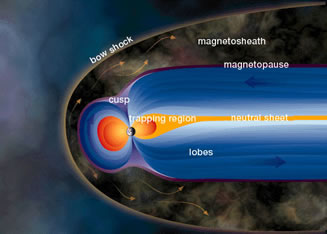
A magnetosphere has many parts, such as the bow shock, magnetosheath, magnetotail, plasmasheet, lobes, plasmasphere, radiation belts and many electric currents. It is composed of charged particles and
...more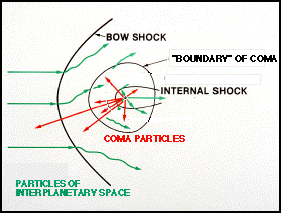
When evaporation begins, the gas is propelled from the nucleus at supersonic speed (depicted by arrows in the figure). Because of the low gravity in space, this means that the molecules from the nucleus
...more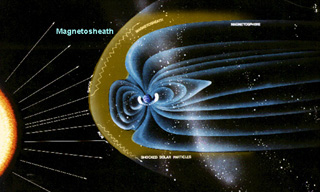
The magnetosheath is the region of space between the bow shock and the magnetopause.
...more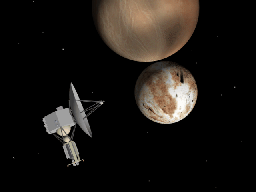
AU stands for Astronomical Units. It is a useful way to measure the distances in interplanetary space. It is the distance between the Earth and the Sun, which is about 93 million miles. For reference,
...more
The solar wind is formed as the Sun's top layer blows off into space, carrying magnetic fields still attached to the Sun. Gusts form in the solar wind associated with violent events on the Sun. Particles
...more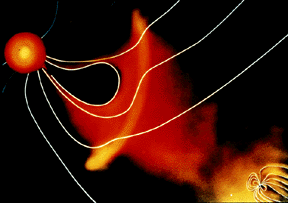
For a planet to be affected by a blob of material being ejected by the sun, the planet must be in the path of the blob, as shown in this picture. The Earth and its magnetosphere are shown in the bottom
...more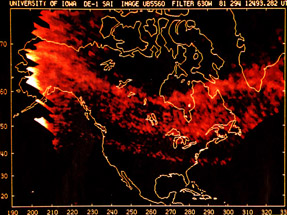
The aurora we are most familiar with is the polar aurora. This is what people are talking about when they say the northern or southern lights. But there are other less-known aurora, such as SAR arcs.
...more









